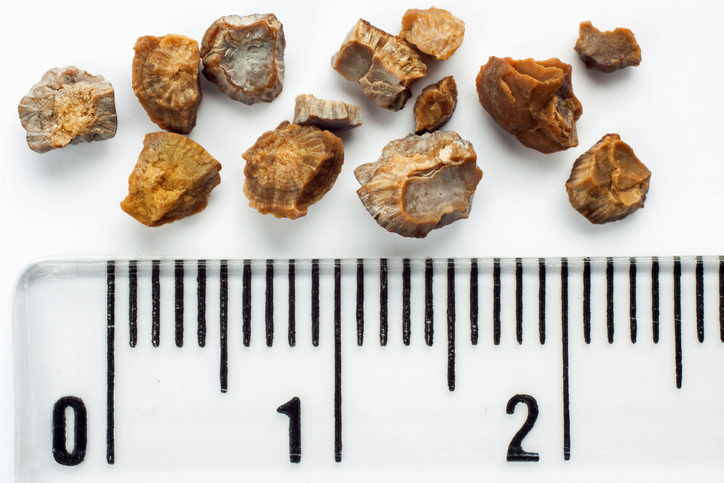
Although previous research has shown that certain strategies may be employed to prevent hyperuricemia from progressing to gout, how to identify populations at high risk for gout remains unclear.
Because gout is associated with inflammation, Xiaochan Tian and colleagues decided to study the association between systemic inflammation response index (SIRI) and gout among individuals with hyperuricemia. SIRI is a method used to evaluate a patient’s systemic inflammatory activity.
The study used data from the National Health and Nutrition Examination Survey from 2007 to 2018. A total of 6,732 patients with hyperuricemia were included in the analysis, of whom 3,764 were men.
The researchers log2-transformed SIRI before the analysis and used multivariable logistic regression, subgroup analysis, and smooth curve fitting to assess the correlation between SIRI and gout prevalence in the study population. In addition, they compared SIRI with other inflammatory markers.
SIRI was significantly positively associated with the prevalence of gout among female participants (odds ratio [OR], 1.385; 95% CI, 1.187-1.615; P<0.001) after adjusting for covariates, and SIRI had a better diagnostic performance than other inflammatory markers. The association between log2-SIRI and gout prevalence was not significant among male participants (OR, 0.994; 95% CI, 0.892-1.108; P=0.916). However, significant positive correlations were observed in the 20- to 45-year-old group (OR, 1.362; 95% CI, 1.021-1.818; P=0.036). The results remained consistent in subgroup analyses (false discovery rate adjusted P for interaction >0.05 for all).
In summary, the results indicate that SIRI shows promise as a predictive marker for gout risk among women with hyperuricemia. Its potential may be limited, however, because the prevalence of gout is higher among men. In addition, the association between SIRI and gout prevalence and the statistical significance of the association differed among age groups. Additional studies could shed light on the association between SIRI and gout prevalence by examining their relationship across different age groups.
Source: Frontiers in Medicine (Lausanne)







 © 2025 Mashup Media, LLC, a Formedics Property. All Rights Reserved.
© 2025 Mashup Media, LLC, a Formedics Property. All Rights Reserved.